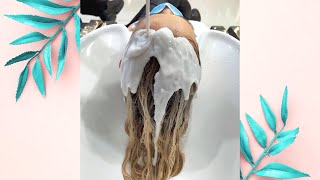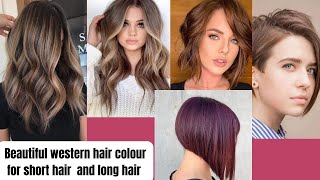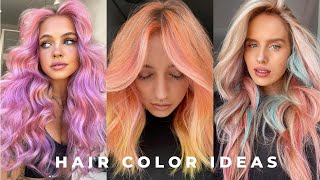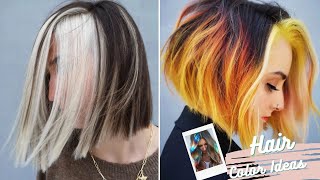3 Variants That Affect Wigs Colors
- Posted on 03 November, 2021
- Hair Knowledge
- By Anonymous

You have so much choice when it comes to wig colors. Most styles are offered in 10-40 color options ranging from brunettes, blondes, greys, rooted options, and more. In our blog explaining wig color codes, we mentioned that each manufacturer uses the same color code system when creating their unique blend of wig colors they offer. But, you may notice that the same color may look slightly or even drastically different between wig styles within the same brand. The Experts are here to show & tell you why the same wig color numbers look different based on:
- Lighting Environment
- Texture and Length
- Fiber Type
How Lighting Affects Colors of Wigs
Color is the result of light reflecting off pigment. Have you ever noticed how hair color looks different depending on the lighting? This difference is because the hues affect the colors’ reflect, making the hair appear a different color, tint, or tone.
Let’s look at the color Champagne Rooted by Ellen Wille in different light sources as an example.
This wig color under natural light outside will appear brighter and with higher contrast (middle image) than when photographed indoors (left image). Have you ever noticed that your hair color looks a lot different in your sunny summer vacation photos than it does when you take selfies inside your home? This difference is because of the lighting source.
The image on the far right is the same Champagne Rooted color photographed under professional lights in a studio. It’s important to consider the light source pictures when shopping for a new wig color online.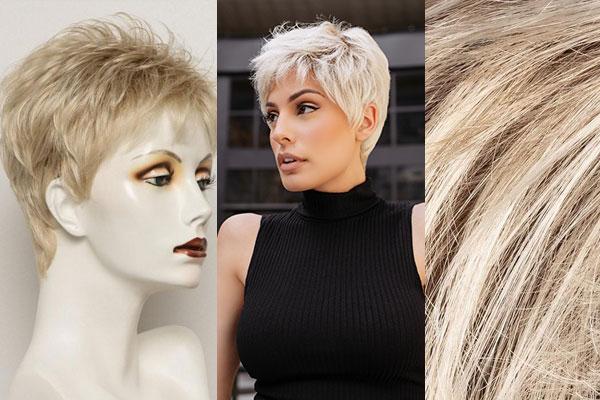
Style Featured: Tab by Ellen Wille
Take lighting settings into consideration when trying on a new wig color. We highly recommend trying on your style and looking at the hair color under various lighting conditions before you decide to keep or return the wig or hair topper.
Length & Texture Turn Wigs Different Colors
Texture and the way it affects wig colors have to do with lighting, but more specifically, the way the light reflects off the hair's pigment. Light reflects differently based on the styling of the hair, for instance, wavy hair versus straight hair.
When you compare a straight wig versus a wavy wig, you’ll notice that the highlights and lowlights in the hair color are more pronounced on the wavy wig. This is because the curl pattern allows the light to reflect off of more surface area of the hair and will highlight the variations in color more than when the hair is perfectly straight.
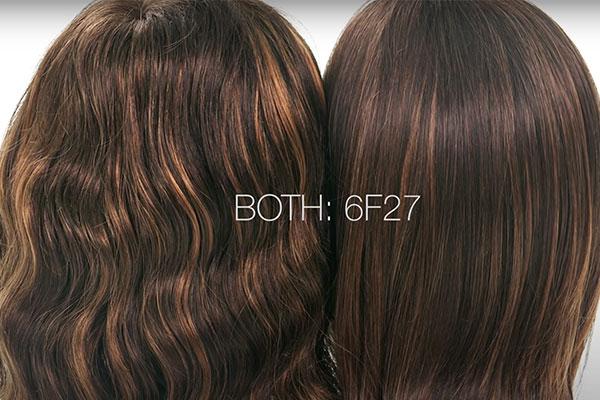
Not only hair texture but also hair length also affects the wig's color. Short, mid-length, and long wigs each have a slightly unique coloring because of how the fibers are distributed throughout the wig. Even when all three cuts are the same wig color, each will appear slightly different. The variance is minor but still noticeable.
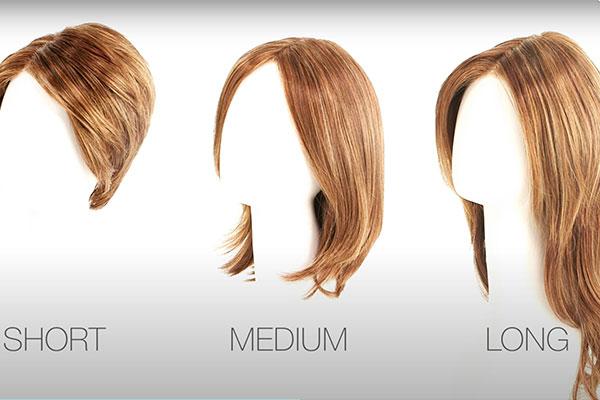
Fiber Type Makes All The Difference
Now that we understand how light affects wig colors, we can now consider how fiber types affect the look of your wig. Human hair fiber will always appear warmer in color due to this fiber’s underlying pigments of yellow and red. Meanwhile, synthetic hair fiber will appear cooler in color and show more contrast between the colors blended together to make the unique shades. Heat-friendly synthetic fiber affects the color differently than the two mentioned above. The warm or cool appearance of the hair varies depending on the manufacturer and their color standards. See the differences below - from left to right is human hair, synthetic fiber, and heat-friendly synthetic fiber.
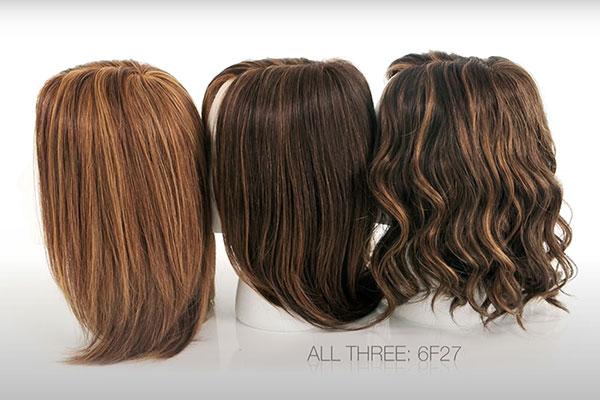
Choosing a wig color can be tricky, but our Wig Experts are always available to help! Schedule a virtual consultation with one of our Client Care Representatives, and they can walk you through how to find your perfect wig color. 

